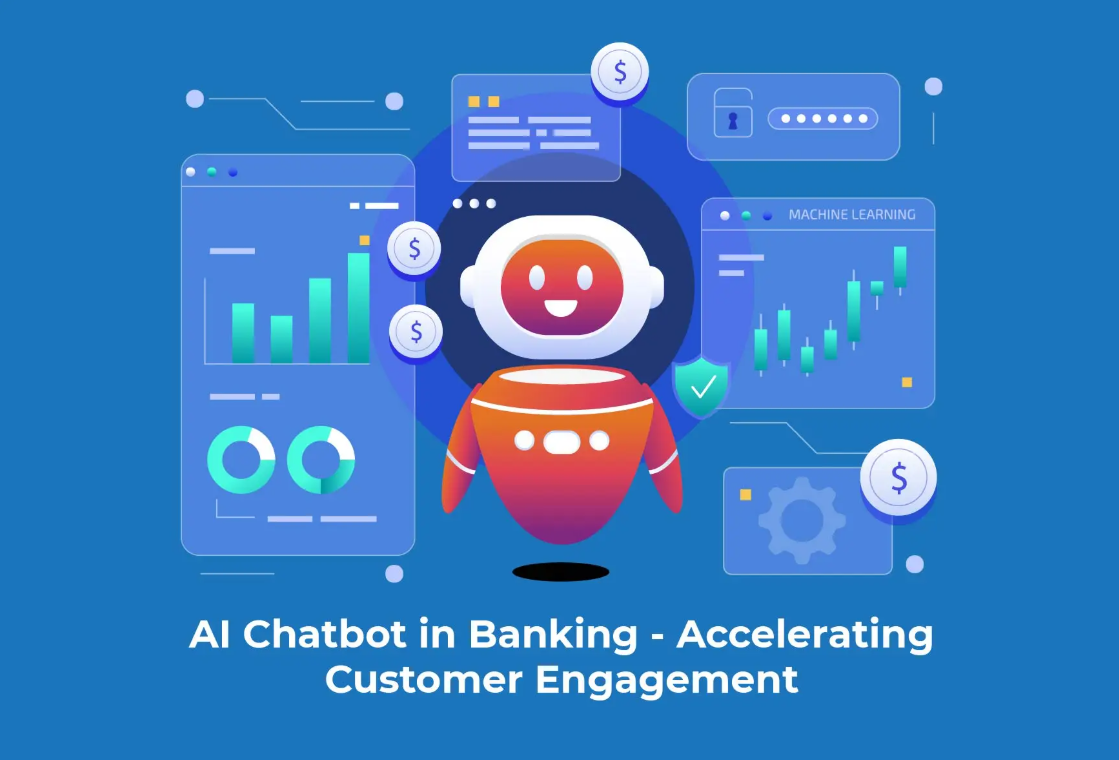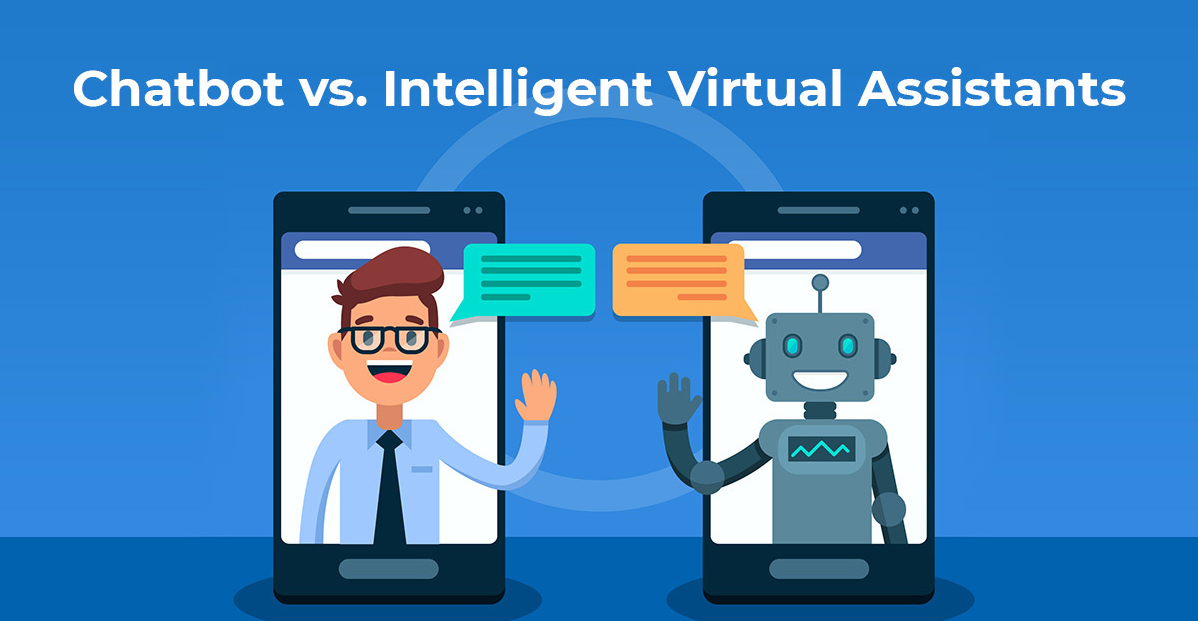AI-Powered Chatbots in Banking: Enhancing Customer Experience in Payment Processing
 Kishore Challa
Kishore Challa
Introduction
Artificial intelligence (AI) is revolutionizing the banking sector, particularly in customer service and payment processing. AI-powered chatbots have become essential tools for financial institutions to improve customer experience, streamline transactions, and enhance security. These intelligent assistants provide real-time support, automate responses, and facilitate seamless payment processing, reducing the need for human intervention while increasing efficiency and satisfaction.
This research explores how AI-powered chatbots are enhancing customer experience in payment processing within the banking industry, focusing on key benefits, challenges, and future prospects.
The Role of AI-Powered Chatbots in Banking
AI chatbots leverage natural language processing (NLP), machine learning (ML), and predictive analytics to simulate human-like interactions and improve banking services. Their primary role is to assist customers in real-time by providing quick responses to inquiries, automating transactions, and resolving payment-related issues efficiently.

Key Functions of AI Chatbots in Payment Processing
Seamless Payment Assistance
AI chatbots enable users to make payments through messaging platforms, mobile apps, and websites.
They provide step-by-step guidance on fund transfers, bill payments, and loan repayments.
Automated reminders help customers avoid late payments and penalties.
24/7 Customer Support
Unlike human agents, chatbots operate round the clock, reducing waiting times and ensuring continuous service.
Customers can resolve payment issues, request transaction history, or inquire about fees anytime.
Fraud Detection and Security Enhancement
AI-driven chatbots monitor transactions for suspicious activity, alerting customers about potential fraud.
They authenticate users through voice recognition, biometrics, or multi-factor authentication before processing payments.
Personalized Financial Assistance
Chatbots analyze spending patterns and suggest budget management tips.
They recommend tailored financial products based on customer preferences and transaction history.
Dispute Resolution and Chargeback Processing
AI chatbots assist customers in filing disputes for failed transactions, unauthorized charges, or incorrect payments.
They speed up resolution by automating the verification and dispute-handling process.
Benefits of AI-Powered Chatbots in Payment Processing
Eq.1.Chatbot Efficiency in Handling Transactions

1. Enhanced Customer Experience
AI chatbots significantly improve the banking experience by providing instant responses, reducing transaction errors, and offering proactive support. Customers can make payments quickly without the need to navigate complex banking systems.
2. Improved Efficiency and Cost Reduction
By automating routine payment inquiries and transactions, banks reduce operational costs. AI chatbots handle multiple customer interactions simultaneously, minimizing the workload on human agents and reducing the need for large customer service teams.
3. Increased Security and Fraud Prevention
AI chatbots enhance security through real-time transaction monitoring. They detect anomalies in payment behavior, flag potential fraud, and implement security protocols such as OTP (one-time password) verification before processing payments.
4. Faster Transaction Processing
Traditional payment methods often involve manual verification, which can cause delays. AI chatbots accelerate transactions by verifying user identity instantly, ensuring seamless and quick fund transfers.
5. Greater Financial Inclusion
AI chatbots bridge the gap between banks and underbanked populations by offering multilingual and voice-enabled services. Customers with limited banking knowledge can make secure transactions using simple commands.

Challenges in Implementing AI Chatbots in Payment Processing
Eq.2.Fraud Detection Probability

1. Data Privacy and Security Risks
AI-powered chatbots handle sensitive financial data, making them potential targets for cyberattacks. Banks must implement robust encryption and compliance measures to protect customer information.
2. Customer Trust and Adoption
Some customers remain skeptical about AI-driven banking solutions, fearing fraud or errors. Banks must educate users about chatbot security features and reliability to build trust.
3. Complex Transaction Scenarios
While chatbots excel at handling simple transactions, complex cases such as multi-step verifications, international payments, and regulatory compliance checks still require human intervention.
4. Integration with Legacy Systems
Many banks operate on outdated IT infrastructure, making AI chatbot integration challenging. Upgrading these systems requires significant investment and time.
Future Prospects of AI Chatbots in Banking
The future of AI-powered chatbots in banking looks promising, with advancements in:
Voice-Activated Payments: AI chatbots will evolve to process transactions via voice commands, making payments more convenient.
Blockchain Integration: Secure, decentralized payment verification through blockchain technology will enhance transaction transparency and fraud prevention.
AI-Powered Predictive Analytics: Chatbots will analyze spending trends to provide customers with proactive financial advice.

Conclusion
AI-powered chatbots are transforming payment processing in banking by improving customer experience, increasing security, and reducing operational costs. While challenges such as security risks and customer trust remain, continuous advancements in AI, blockchain, and cybersecurity will shape the future of chatbot-driven banking. Financial institutions that invest in AI chatbot technology will gain a competitive edge by offering seamless, efficient, and secure payment solutions.
Subscribe to my newsletter
Read articles from Kishore Challa directly inside your inbox. Subscribe to the newsletter, and don't miss out.
Written by
